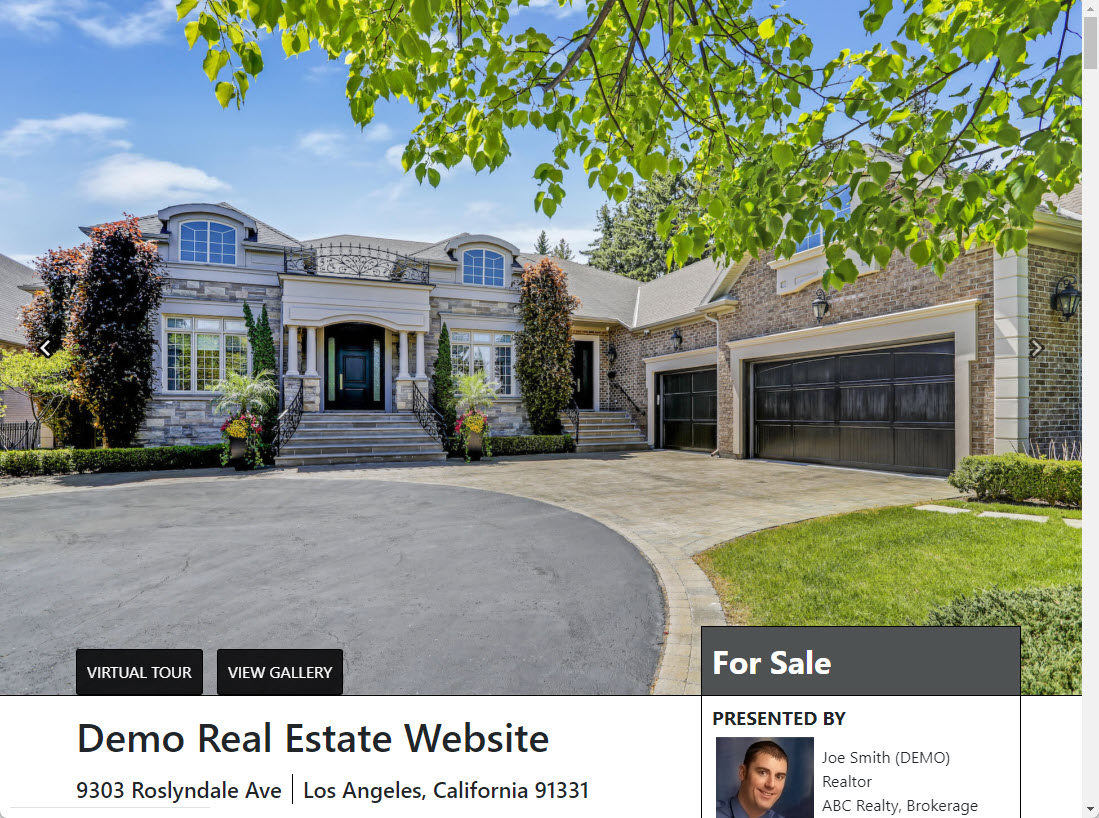In the world of real estate, first impressions matter, and a vacant property can sometimes leave potential buyers feeling uninspired and uncertain about its potential. This is where virtual staging comes to the rescue, offering a transformative solution that can help sell a property faster and at a higher price. In this article, we’ll explore the concept of virtual staging real estate and its significant impact on property marketing.
What is Virtual Staging?
Virtual staging is a cutting-edge technology and marketing strategy that involves digitally enhancing and decorating vacant or minimally furnished properties through the use of computer-generated images. With virtual staging, real estate professionals can showcase a property’s full potential by adding furniture, decor, and even landscaping to the existing photographs, creating visually appealing and inviting spaces.
The Benefits of Virtual Staging
Virtual staging offers a multitude of benefits for both sellers and real estate agents:
1. Enhanced Visual Appeal:
Imagination at Work: By adding furniture, art, and accessories, virtual staging helps buyers envision how they can use the space, making it more inviting and appealing.
2. Cost-Effective Solution:
Budget-Friendly: Virtual staging is more cost-effective than traditional physical staging, which can be expensive and time-consuming.
3. Versatility:
Customization: Virtual staging allows for customization to cater to different target demographics and styles, making it adaptable for various marketing campaigns.
4. Quick Turnaround:
Time-Efficient: Virtual staging can be done quickly, allowing properties to be listed faster and reducing time on the market.
5. Increased Property Value:
Perceived Value: Staged properties often appear more valuable, potentially leading to higher offers from buyers.
6. Wider Audience:
Online Appeal: Virtual staging helps attract online buyers, as most property searches begin on the internet. It makes listings more appealing and shareable on social media and real estate websites.
7. Unleashing Potential:
Problem Solving: Virtual staging can divert attention from property flaws or imperfections by focusing on its potential.
The Virtual Staging Process
Virtual staging involves several key steps:
1. Property Evaluation:
Assessment: A real estate professional assesses the property and determines the target market and style preferences.
2. Virtual Staging Software:
Digital Transformation: Using specialized software, designers digitally add furniture and decor to the property photos.
3. Design Customization:
Personalization: The virtual stager customizes the design to match the desired style, whether it’s modern, traditional, or eclectic.
4. Quality Assurance:
Review and Editing: The staged images undergo quality checks to ensure they look realistic and appealing.
5. Listing Presentation:
Showcasing the Transformation: The virtually staged images are used in property listings, marketing materials, and online platforms.
Overcoming Misconceptions
It’s essential to note that virtual staging aims to enhance the presentation of a property, but it should never mislead buyers. Ethical practices involve disclosing that the images are digitally staged to avoid any potential misunderstandings.
Virtual staging real estate is a game-changer, revolutionizing the way properties are marketed and sold. By transforming empty spaces into beautifully furnished homes, virtual staging attracts more potential buyers, increases property value perception, and accelerates sales. As technology continues to advance, virtual staging is likely to become an indispensable tool in the real estate industry, helping sellers and agents showcase the full potential of every property they list.
